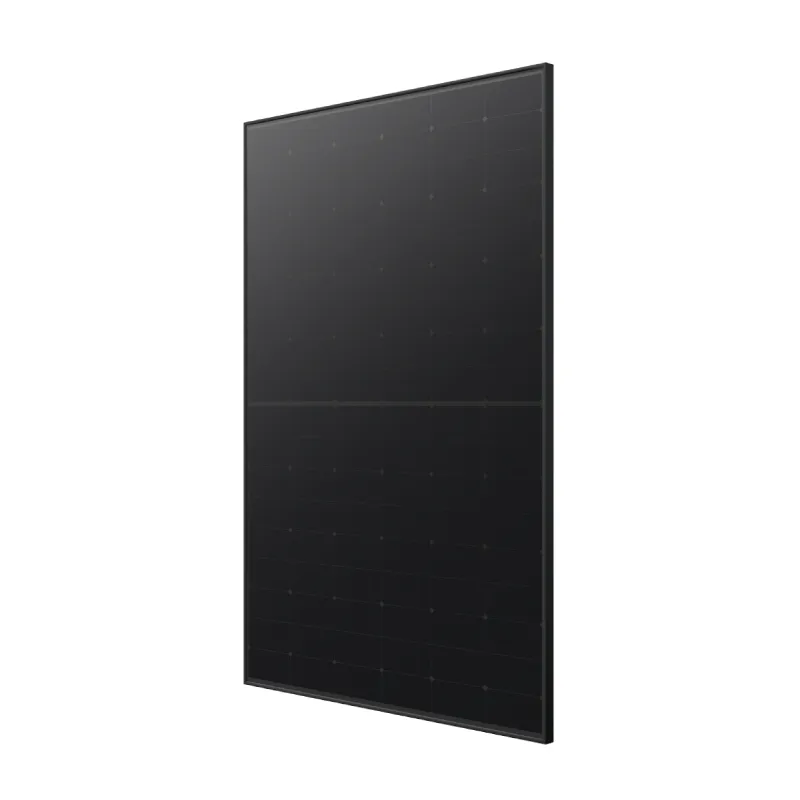monocrystalline bifacial solar panels
Monocrystalline Bifacial Solar Panels A Sustainable Energy Solution
As the world increasingly shifts towards sustainable energy solutions, monocrystalline bifacial solar panels are emerging as a leading technology in the solar power industry
. These innovative panels combine the efficiency of monocrystalline silicon with the benefits of bifacial design, offering significant advantages for both residential and commercial applications.Monocrystalline solar panels are known for their high efficiency and performance. Made from a single crystal structure, they achieve a higher output per square foot compared to polycrystalline panels. This efficiency is particularly beneficial in space-constrained environments where maximizing energy generation is crucial. The sleek design and black aesthetic of monocrystalline panels also make them an attractive choice for homeowners seeking both style and functionality.
Bifacial solar panels take this technology a step further by incorporating solar cells on both sides of the panel. This design allows them to capture sunlight from both direct and reflected sources, significantly increasing energy production. The additional energy capture can range from 10% to 30% depending on environmental conditions such as albedo, which is the reflectivity of the ground surface. For example, installations on rooftops with white or reflective surfaces can see substantial gains in efficiency.
monocrystalline bifacial solar panels

Moreover, monocrystalline bifacial panels are particularly advantageous in locations with high sunlight exposure and reflective surfaces. Areas with snow, sand, or light-colored rooftops can enhance the performance of these panels, making them a valuable asset in both residential and commercial solar energy systems. Their ability to produce more electricity can lead to faster returns on investment and reduced energy costs, which is a significant consideration for consumers and businesses alike.
Additionally, the durability of monocrystalline bifacial panels contributes to their appeal. With a typical lifespan of 25 years or more, these panels are engineered to withstand harsh weather conditions, including high winds and heavy snowfall. This longevity minimizes the need for frequent replacements, providing a more sustainable and economically viable energy solution.
In conclusion, monocrystalline bifacial solar panels represent a remarkable advancement in solar technology. By leveraging the efficiency of monocrystalline silicon and the energy-generating capabilities of a bifacial design, these panels offer a compelling solution for a wide range of applications. As the demand for renewable energy continues to grow, investing in monocrystalline bifacial solar panels not only promotes sustainability but also paves the way for a greener future. Embracing this technology can significantly contribute to reducing carbon footprints while ensuring energy independence.
-
Understanding the Advantages of Solar String Inverters for Your Energy SystemNewsApr.29,2025
-
Choosing the Right PV Inverter: A Comprehensive GuideNewsApr.29,2025
-
The Future of Solar Power: Exploring Bifacial Solar PanelsNewsApr.29,2025
-
The Complete Guide to Solar Panels: Efficiency, Cost, And InstallationNewsApr.29,2025
-
The Best Options for Efficiency and Cost-EffectivenessNewsApr.29,2025
-
Harnessing the Power of Off-Grid Solar Inverters for Energy IndependenceNewsApr.29,2025







